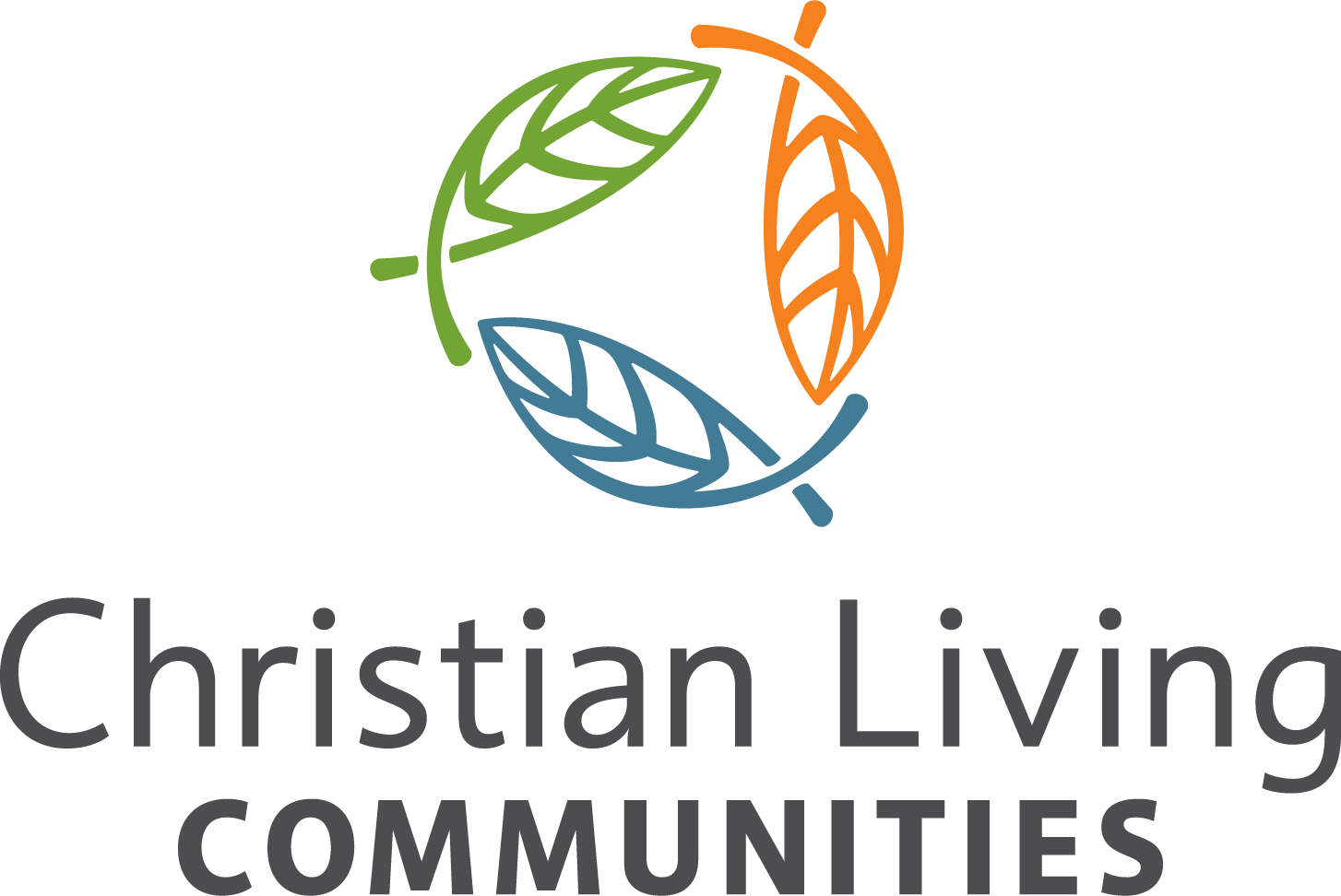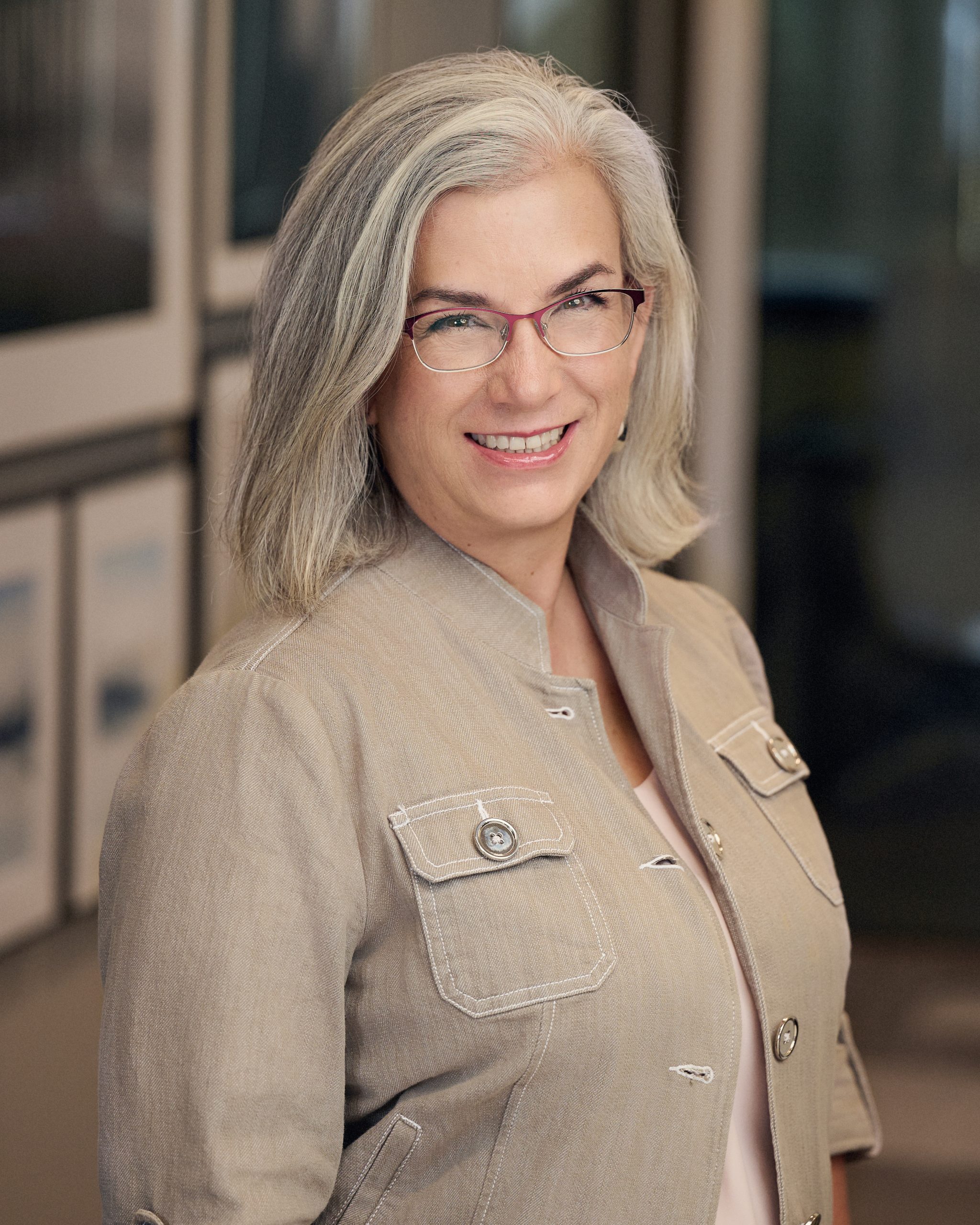Exploring the Seven Principles of Belonging with the Author and CLC
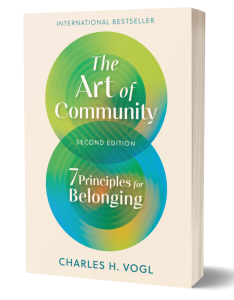 Recently, Christian Living Communities (CLC) President & CEO Jill Vitale-Aussem had the privilege of hosting a virtual book club conversation with Charles Vogl, author of The Art of Community: Seven Principles for Belonging. Joined by residents and team members from across CLC communities, as well as a board member, the session sparked deep reflection, meaningful dialogue, and renewed inspiration for cultivating true belonging in our communities.
Recently, Christian Living Communities (CLC) President & CEO Jill Vitale-Aussem had the privilege of hosting a virtual book club conversation with Charles Vogl, author of The Art of Community: Seven Principles for Belonging. Joined by residents and team members from across CLC communities, as well as a board member, the session sparked deep reflection, meaningful dialogue, and renewed inspiration for cultivating true belonging in our communities.
Charles began by listening to attendees share which stories and ideas from the book resonated most. Several participants noted how The Art of Community helped them rethink their definition of community. A community is not just as a physical place or organization, but is a commitment to mutual care, shared values, and intentional connection. One attendee shared that the book helped them realize that belonging is less about fitting in, and more about being invited to show up and contribute.
Charles reflected on these insights, affirming the wisdom already present in the room. People in a community want to contribute, he noted. And an invitation to help can be a profound welcome for team members and for residents alike. As he shared, “We are not passive participants in community. We are co-creators of belonging.”
Mutual Concern: The Heart of Community
A central idea in Charles’ work is that a community is defined by mutual concern—a shared commitment to care for one another’s well-being. Mutual concern, he shared, is care that fundamentally goes beyond a transaction. Transactional relationships are fundamentally fragile. Relationships built upon care and mutual concern can grow flexible and lasting.
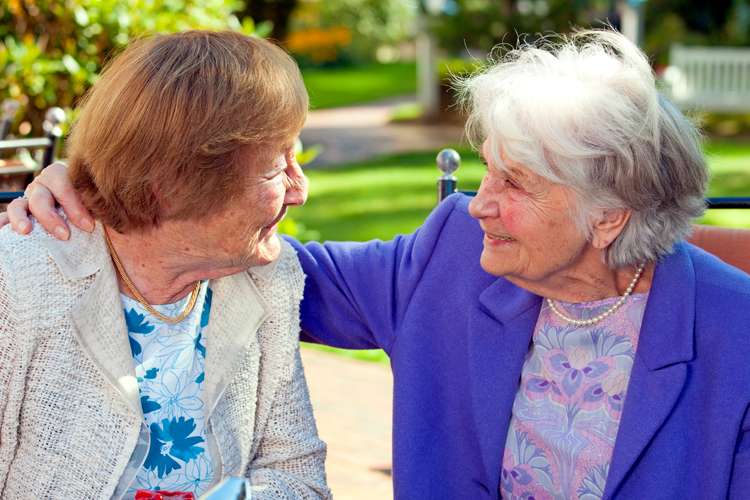
This concern isn’t a soft sentiment; it’s a call to action. In the CLC family, this principle is already alive in countless ways: team members checking on each other during stressful shifts, residents offering a listening ear to neighbors, and residents and families uplifting staff through small but powerful gestures.
Yet, attendees also acknowledged the gaps—those moments when someone feels invisible, especially during transitions or in times of loss. Charles encouraged us to recognize these moments as opportunities to deepen our community practices and be more intentional in our care and relationships.
Intentional appreciation can help to create good outcomes even in difficult situations. Charles shared that letting people know that we see that they are committed and that they are working for the benefit of the community is important. Even when things are going wrong, he said, “We can take time to tell people that we recognize their efforts.”
The Power of Shared Values
Another key concept from the book is the role of shared values in shaping strong, inclusive communities. When asked what values guide life in our communities, responses from attendees included dignity, compassion, respect, and love. These are more than abstract ideals. They are brought to life in how we greet one another, how we serve meals, and how we support each other during life’s most meaningful and vulnerable moments.
Charles offered insight into how values move from ideas to practices: through storytelling, leadership modeling, and rituals. “When we consistently act from shared values, we reinforce trust, a critical part of belonging.”
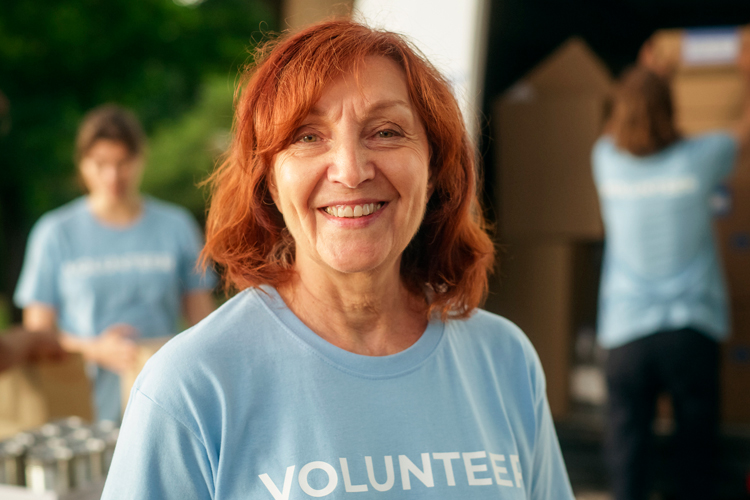
Rituals and Meaning Marking Moments, Deepening Connection
Rituals play an important role in building belonging. They offer structure, significance, and emotional resonance in community life. From welcoming new residents to remembering those who have passed, rituals connect us through shared experience and meaning. Attendees reflected on the power of rituals at CLC, such as coming together to sing residents who have passed away out of the community. Charles shared research that song is often a powerful element of rituals. In the study he cited, it found that chorale members, while singing, synchronize their heart rate.
In the book, Charles notes that creating opportunities and moments of meaning is one of the necessities of building community. Attendees shared their experiences of how institutional practices of care can strip meaning out of otherwise good experiences – providing turkey at Thanksgiving, for example, but in a way devoid of meaning. Charles shared that this arises out of a world view that attempts to deliver meaning by only recognizing that material items matter, rather than the meaning of an act or gift (meal) that shares mutual concern and an honest relationship.
The Power of Invitation
Perhaps one of the most practical insights from The Art of Community is that belonging doesn’t happen by accident. It requires an intentional invitation. Charles emphasized that a meaningful invitation is personal, specific, and rooted in purpose.
We reflected on how new team members, residents, and families are welcomed. Are we truly inviting them into our shared life, or merely offering information? Attendees shared ways to make our invitations more heartfelt—from buddy systems to handwritten welcome notes, and from shared meals to small-group introductions.
A true invitation, Charles shared, is one where the person who is invited knows that they will be missed if they do not attend. If they do not know that they will be missed, it wasn’t an invitation – it was an announcement.
Citizenship: A Living Model of Belonging
The conversation hit close to home for all of us at CLC as the book’s principles align well with our Citizenship Model of Community Living®, an age-positive, empowerment-based approach that sees every individual as a valued contributor.
The principles Charles Vogl outlines in The Art of Community closely align with our own Citizenship Model. We believe that everyone—at every age and every level of ability has talents, wisdom, and purpose that can strengthen their community. When people see themselves as citizens rather than passive recipients of care, we cultivate meaning, belonging, and shared responsibility. That is how we move from traditional models of aging to thriving, purpose-filled communities and create true belonging.”
Jill Vitale-Aussem, CLC’s President & CEO
In our model, residents, team members, family members, and even vendor partners are all citizens. Each has a role to play, and each helps weave the vibrant tapestry that makes our communities unique. This citizenship mindset hits on mutual concern, shared values, rituals, meaning, and invitation.
Becoming Community Builders
As the session came to a close, Charles reminded us that building community is both a responsibility and a privilege. He encouraged everyone to think about one small thing they could do today to create stronger connections—a listening conversation, an act of recognition, or a new tradition. He shared with us the idea of creating “campfire moments.” Instead of focusing on grand events and gestures he suggested instead building cultures of small, personal, connections where community can grow.
“This conversation reminded me that community isn’t something we have—it’s something we build every day,” said one resident.

A Shared Future of Belonging
Our virtual gathering ended not just with ideas, but with a renewed commitment to cultivating belonging, connection, and citizenship. Charles expressed his admiration for the dedication and heart evident in CLC communities and encouraged us to continue being active co-creators of inclusive, purpose-driven community life.
As we move forward, we carry with us both the wisdom of The Art of Community and the guiding light of our own Citizenship Model. Together, they challenge us to go beyond care—to build places where people of all backgrounds and abilities experience deep belonging, mutual support, and shared purpose.
Let’s Keep Building
We’re grateful to Charles Vogl for joining us, and to every participant who brought their voice and heart to the conversation. As we continue to explore these ideas, let’s keep asking ourselves:
- How are we showing up for each other?
- How are we honoring each voice and story?
- And how are we intentionally building belonging, one invitation at a time?
Because true community isn’t something we find—it’s something we create.
About the Author
Pam Sullivan, Vice-President of Strategy and Communications, joined the team in 2004 in the Donor Relations department. Since then, she has held various positions include Donor Relations Director, Executive Director of Marketing and Vice-President of Engagement. Pam is responsible for internal and external communications, branding and brand messaging, crisis communication and guiding and supporting strategic initiatives.
